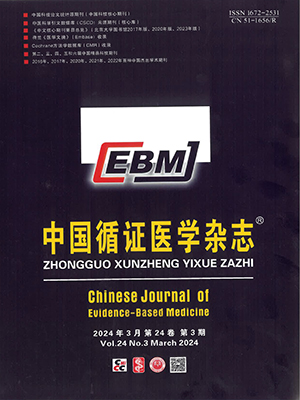Objective To explore the effectiveness and safety of exchange of cerebrospinal fluid in the treatment of subarachnoid hemorrhage (SAH).
Methods Sixty SAH patients diagnosed by CT and lumbarpuncture were randomly assigned into a control group (n =30, received conventional treatment) and a treatment group (n =30, received exchange of cerebrospinal fluid plus conventional treatment). The main complications and effectiveness between the two groups were compared. SPSS 10.0 was used for statistical analysis.
Results Compared with the control group, complications of persistent headache ( P =0.002 and 0. 007 respectively), cerebral vasospasm ( P =0. 028 ) and hydrocephalus ( P =0. 038 ) were fewer in the treatment group. No significant difference in the incidence of rehaemorrhagia was found between the two groups (P = 1. 000). Better effectiveness was observed in the treatment group (RR. 3.00, 95% CI 1. 014 to 8. 880, P = 0. 044 ).
Conclusions Exchange of cerebrospinal fluid plus conventional treatment is more effective than conventional treatment alone in the treatment of SAH.
Citation: LI Zhaohui,PAN Ling. Exchange of Cerebrospinal Fluid for Subarachnoid Hemorrhage:A Randomized Controlled Trial. Chinese Journal of Evidence-Based Medicine, 2005, 05(12): 896-899. doi: Copy




